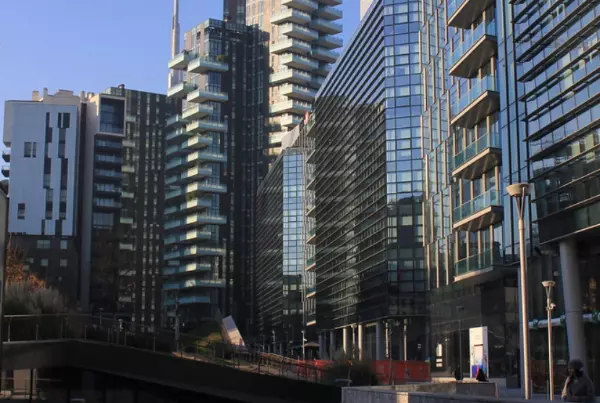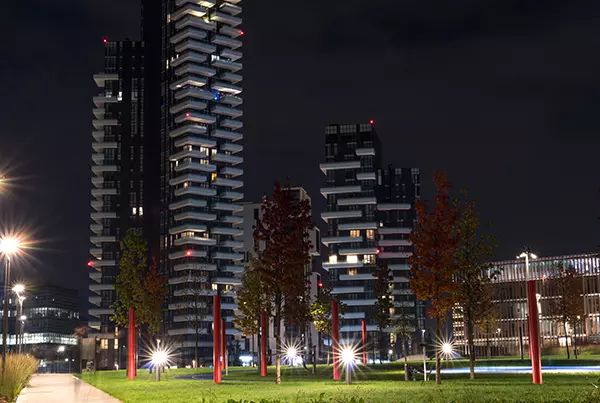Isola
The past and its ligera
Walking the streets of this district until 1873 meant being outside Milan. “L’Isola” was not part of the Milanese municipality, but was a reality in its own right, a reality made up of isolated farmhouses (hence the name Isola) and small villages, it was in the district of the Corpi Santi; of the extra-municipal aggregations on the outskirts of the city. All in all, until the arrival of the railway, social life went on quietly and some neighborhood skirmishes started, everything proceeded peacefully … craftsmen and workers of the district; through the streets crowded with people, it was not uncommon to come across disreputable people, if not even with those who were part of the ligera, a Milanese war faction often in revolt against the authorities of the time.

The present and the Archistar
In the first decade of the new century, Milan catches up with the times, becoming in effect a European metropolis; the Liberty style, considered elitist, becomes synonymous with affluence and the Isola district, which is rich in it, an increasingly sought after district. Some residents choose to move towards the suburbs, leaving the residential space to the upper class, which will become increasingly high over the years. Since 2004, the Isola district has been gradually expanding and the phenomenon of the Archistars begins to extend to the edges of Porta Garibaldi and Porta Nuova, and is also embellished thanks to the new buildings that overlook Piazza Gae Aulenti: the Diamante tower and the two towers. of the Vertical Forest. Finally, to frame this splendid area of Milan even more, everything is surrounded by over 90,000 square meters of park. From 2010 onwards, the Isola district is officially considered exclusive and is one of the most nerve centers of the Milanese nightlife.

The evolution in tango steps
With the revolutionary assumptions of many of its inhabitants, the district could only become more and more populous and lively, up to the early 1900s where it ranks among the most popular districts of Milan for its social dynamism. The more than one million Italians who had escaped misery and had long since expatriated to Argentina in search of fortune, soon began to return home and many Milanese settled in the Isola district, bringing with them exotic acquisitions and in particular the tango. Soon dance clubs, social clubs and recreational centers were created, as well as inns and taverns, which still persist today, to give comfort to the numerous followers of this new music, daughter of emigration. Time passes and like all of Milan, even the island is affected by the two world wars, but stands up and proud amidst tango laps and city revolutions, it reaches the end of the 1950s almost unscathed; here the post-war economic boom and the important urban interventions of those years, give a nice crackdown on the district, leading it to have in its district, one of the most important amusement parks in Italy: the Varesine opened at the end of 1960 and closed almost 40 years later.

Click on the placeholders on the map to see the corresponding residence in the Isola neighborhood.
Search for a residence, entering one or more parameters that are priority for you
Residences in Isola
No listing found.
Entrust your property to experienced professionals
Selling real estate can be a long process. Reduce your selling time by relying on our experience.

